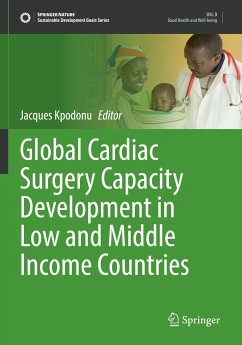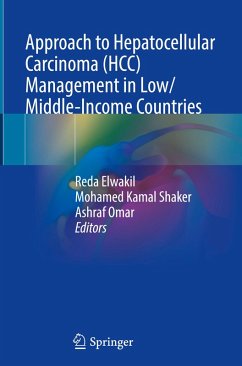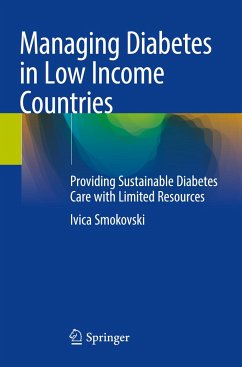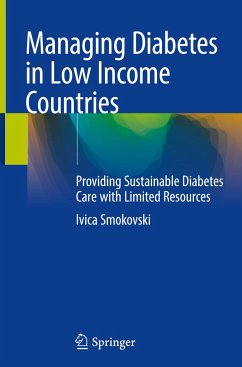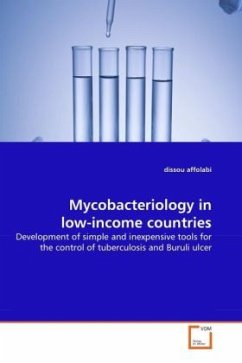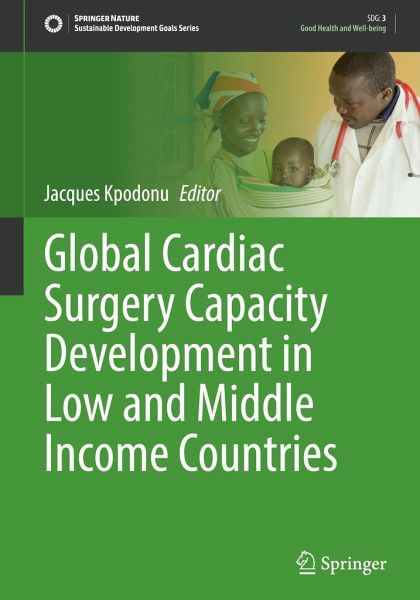
Global Cardiac Surgery Capacity Development in Low and Middle Income Countries

PAYBACK Punkte
56 °P sammeln!
This book provides a focused resource on how cardiac surgery capacity can be developed and how it assists in the sustainable development and strengthening of associated health systems. Background is provided on the extent of the problems that are experienced in many nations with suggestions for how suitable frameworks can be developed to improve cardiac healthcare provision. Relevant aspects of governance, financial modelling and disease surveillance are all covered. Guidance is also given on how to found and nurture cardiac surgery curriculum and residency programs.Global Cardiac Surgery Capa...
This book provides a focused resource on how cardiac surgery capacity can be developed and how it assists in the sustainable development and strengthening of associated health systems. Background is provided on the extent of the problems that are experienced in many nations with suggestions for how suitable frameworks can be developed to improve cardiac healthcare provision. Relevant aspects of governance, financial modelling and disease surveillance are all covered. Guidance is also given on how to found and nurture cardiac surgery curriculum and residency programs.
Global Cardiac Surgery Capacity Development in Low and Middle Income Countries provides a practically applicable resource on how to treat cardiac patients with limited resources. It identifies the key challenges and presents strategies on how these can be managed, therefore making it a critical tool for those involved in this field.
Global Cardiac Surgery Capacity Development in Low and Middle Income Countries provides a practically applicable resource on how to treat cardiac patients with limited resources. It identifies the key challenges and presents strategies on how these can be managed, therefore making it a critical tool for those involved in this field.



